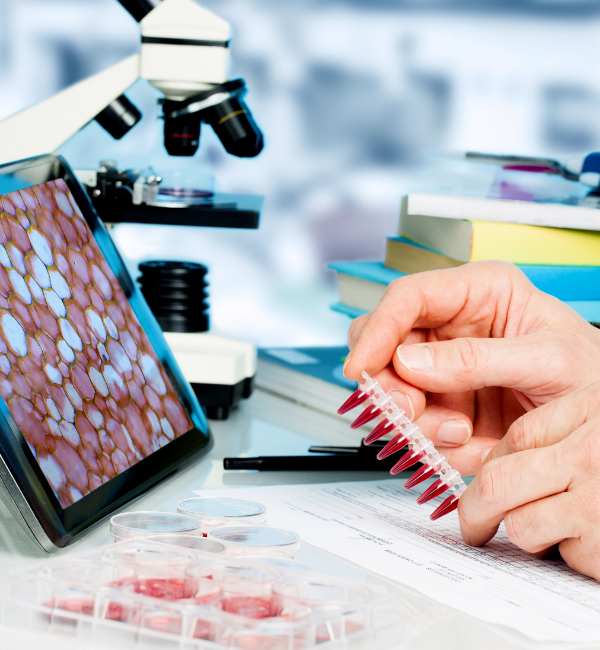Candy DNA


Make a DNA model out of candy!
In this activity, participants will learn about the composition and structure of DNA. They will make a DNA model using licorice and colourful mini marshmallows to represent the backbone of DNA and the nucleotide bases. They will twist their model to show the double helix structure of DNA.
What You Need
Each participant will need:
- Colourful mini marshmallows (or gumdrops)
- Liquorice (2 pieces)
- Toothpicks
- Paper towel or plate
Guide:
Safety Notes
- Ensure you are familiar with Let's Talk Science's precautions with respect to safe delivery of virtual outreach to youth. These precautions can be found in the manual for this activity.
- Check with the educator for any allergies before bringing food into the classroom.
What To Do
- Take two liquorice pieces to represent the phosphate/sugar "backbone" of DNA.
- Separate the mini marshmallows or gumdrops by colour. Assign a nucleotide base to each colour (i.e. yellow = adenine, orange = thymine, green = guanine and red = cytosine).
- Pair the marshmallows according to the colours of the nucleotide bases.
- Safely slide two marshmallows onto a toothpick. Stick one end of the toothpick onto one liquorice piece and the other into the second liquorice piece.
- Twist the model it to make the double helix shape.
Discovery
Deoxyribonucleic acid, or DNA, consists of two sugar-phosphate strands held together by building blocks called nucleobases. The four nucleobases are cytosine ('C'), adenine ('A'), guanine ('G') and thymidine ('T'). The base pair rule states that adenine only pairs with thymine (A-T) and cytosine only pairs with guanine (G-C).
DNA is a molecule that carriers the instructions used for the development, functioning, growth and reproduction of all living things.
Genomics Resources (STEM in Context) - resource page including articles and career profiles related to genomics.
What's Happening?
Deoxyribonucleic acid, or DNA, consists of two sugar-phosphate strands held together by building blocks called nucleobases. The four nucleobases are cytosine ('C'), adenine ('A'), guanine ('G') and thymidine ('T'). The base pair rule states that adenine only pairs with thymine (A-T) and cytosine only pairs with guanine (G-C).
Why Does it Matter?
DNA is a molecule that carriers the instructions used for the development, functioning, growth and reproduction of all living things.
Investigate Further
Genomics Resources (STEM in Context) - resource page including articles and career profiles related to genomics.
